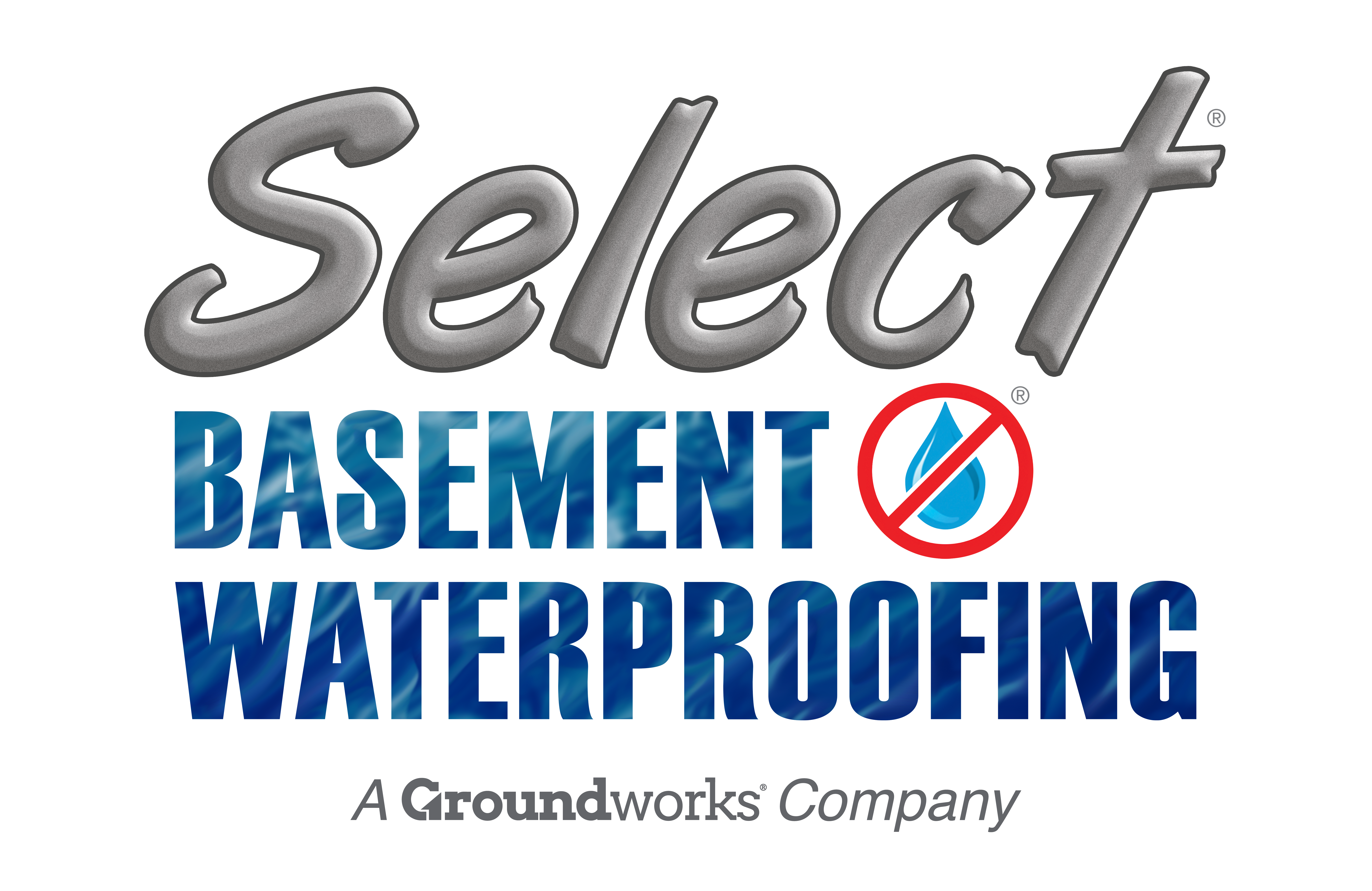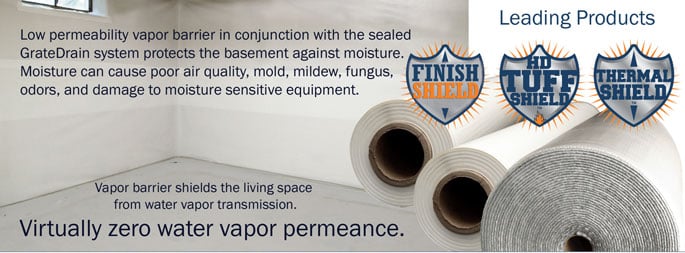Vapor Barriers
Crawl spaces are a vital part of the home. They are not only part of the foundation of your home but also influence the quality of the air you breathe in your home. If your crawl space is compromised, then the health of your household will be at risk.
One of the best ways to ensure that your crawl space remains dry and clean is by installing a vapor barrier. There are two types of vapor barriers in the market today. Both are designed to keep your crawl space free of mold, bugs and mildew.
-
Flat Lay
This type of vapor barriers is simple in the installation and construction. They are also the least expensive type of barrier. They consist of a vapor proof material that is laid across the floor of the crawl space. The material can be laid in sections depending on the size and configuration of your crawl space. The sections however, must overlap each other by not less than 12 inches.
Special adhesive tapes as well as stakes are required for the installation. These ensure that the barrier remains in place. No material is installed on the sides or ceiling of the crawl space.
These types of barriers are only advisable for houses in areas that do not have sidewall water problems. They are not ideal for humid or wet climates.
-
Encapsulation
These systems not only cover the floor but also the sides of the crawl space. They stop air from the outside from entering the space. No air from the crawl space is leaked to the outside either.
The installation of these barriers involves the use of special sealants and adhesives. These ensure that that pests, air as well as water vapor can enter the space. This system is the most ideal system for ensuring that your crawl space remains free from pests as well as water vapor.
Some systems include alarm systems. These alarms alert the occupants of the home in case of leaks within the crawl space. The occupants will therefore be aware in case of plumbing leaks or any compromise in the barrier’s integrity.
Choosing a Barrier
It is important to talk to your contractor and consider your options before making your final decision. Choose a barrier that will provide your home with the level of protection it requires to stay safe and healthy.

